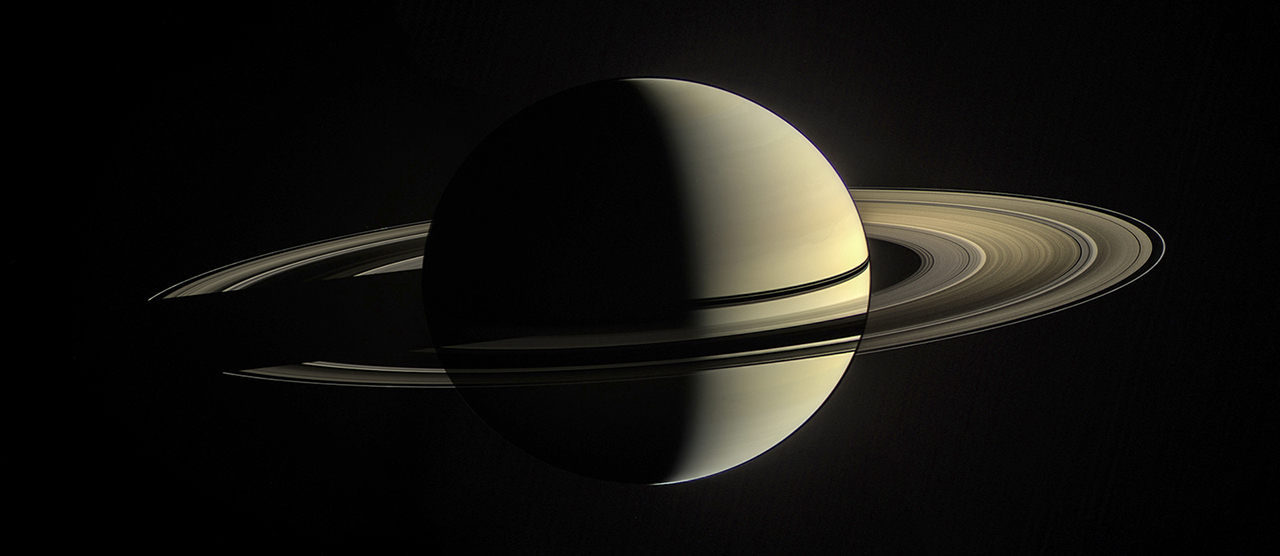Where does the estimate of the age of the rings come from? It can’t be measured directly, like counting the growth rings on the stump of a tree. What the Cassini probe has made it possible to measure is the total mass of the rings, whose course has been accelerated by gravity. How can the age be deduced from the mass? The argument is based on the chemical composition of the rings: more than 95% pure water ice. Knowing their total mass enables us to deduce the maximum mass of the other components (rocks, organic matter, metals, etc.). The rings are constantly bombarded by micrometeorites and interplanetary dust, so all this “pollution” can be added in just a hundred million years. This duration was therefore presented as the age of the rings.
But the authors of the study point out that this is only the age of exposure of the rings to the flow of interplanetary dust. This time only corresponds to the formation age of the rings if three conditions are met: the dust flux is constant, the mass of the rings is constant, and all the pollution received by the rings is retained by them. However, there is no proof that these three hypotheses are valid. Just as, for some people, the rings could well look younger than their age…
In fact, it is well known that the rings spread out and therefore lose mass over time, as pointed out in this article published in Nature Astronomy on September 16th. This also provides another estimate of the age of the rings: models of dynamic evolution show that whatever the initial mass of the rings, they reach the mass measured by Cassini after around… 4 billion years. This new mass measurement therefore argues in favour of rings as old as the planet itself, from this point of view.
Other results obtained by the Cassini probe could give us the answer. Hsiang-Wen Hsu and colleagues revealed in October 2018 the discovery of silicate grains falling onto Saturn from the rings. Similarly, Hunter Waite and his collaborators found “a plethora of organic molecules” in Saturn’s upper atmosphere, also from the rings. So could it be that the rings are getting rid of dust as they become polluted? The figures put forward suggest so. The age of exposure is therefore no longer connected to the age of the rings, and the argument in favour of rings “as young as the time of the dinosaurs” falls apart.
Original rings, born at the same time as Saturn itself, in line with most models of formation, are therefore the version preferred by these researchers, who hope to convince the community of planetologists. But as is often the case in science, a new discovery also raises new questions. What is the mysterious mechanism that seems to allow the rings to clean themselves? Saturn has not finished making us dream…
Ref:








